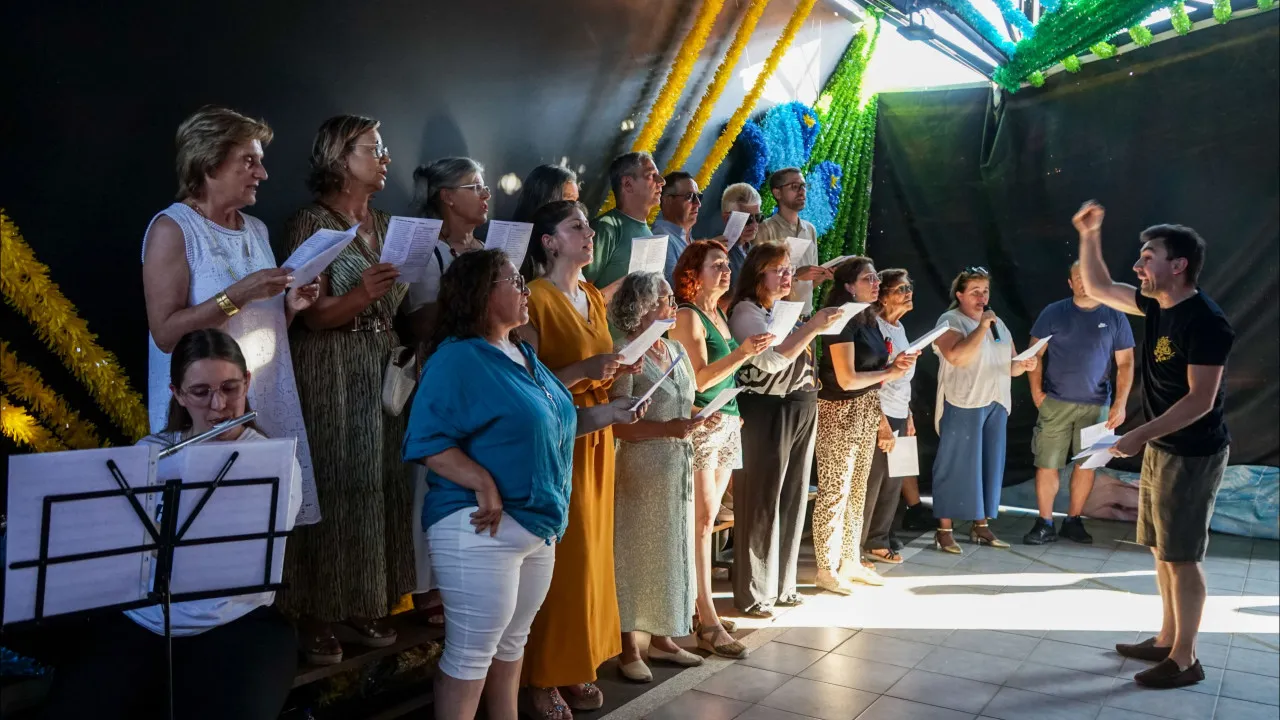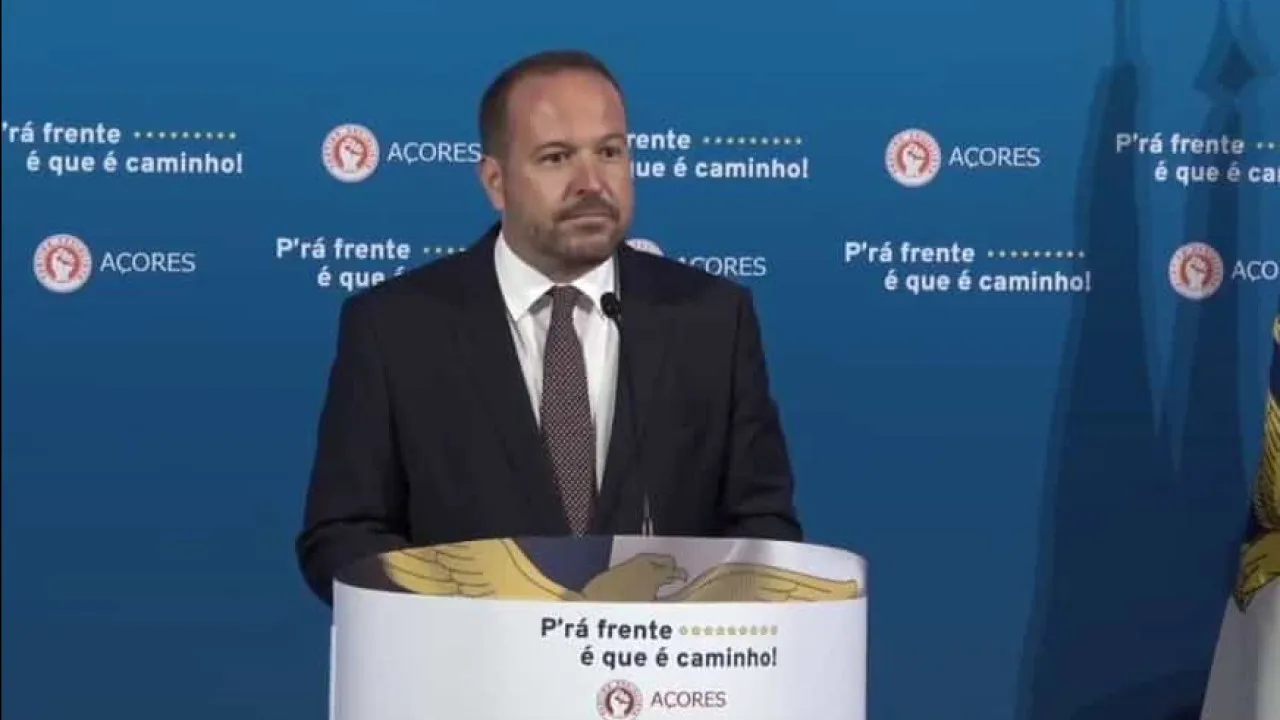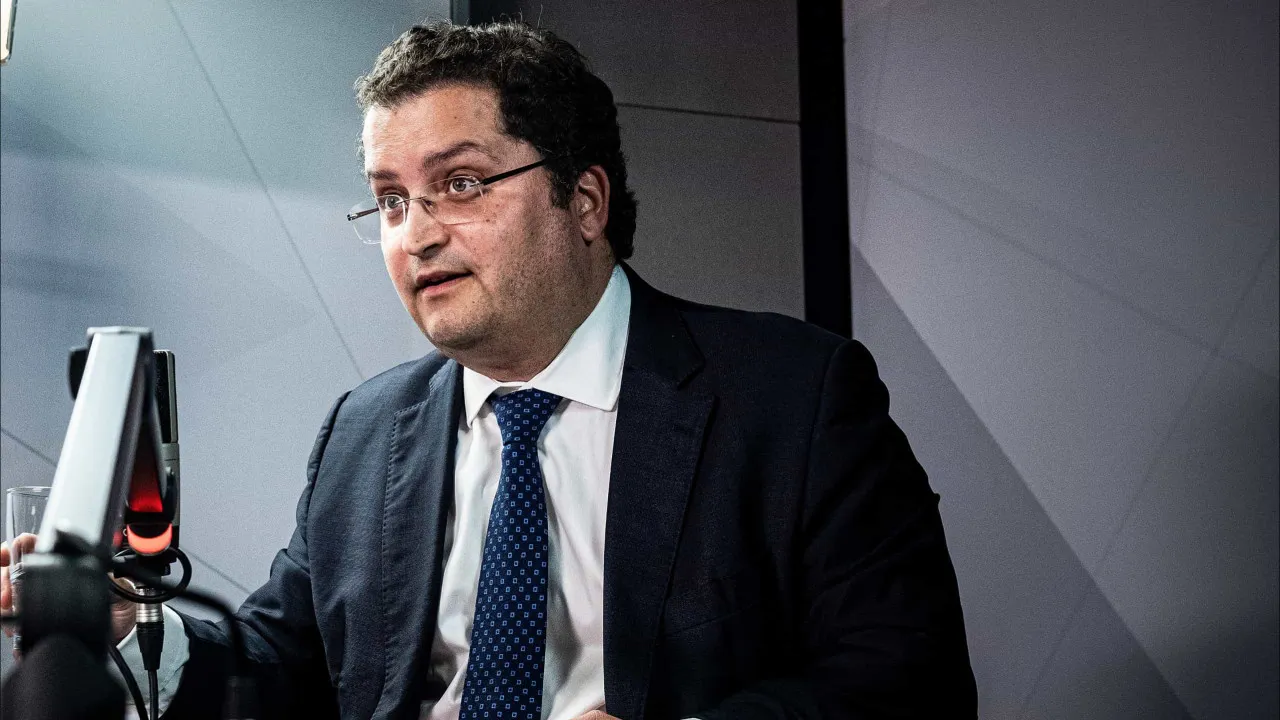
The free parades in the municipality of the district of Aveiro and the Porto Metropolitan Area are set to begin with the “Marchas de São João de Pereira,” taking place on Monday and Tuesday nights in Argoncilhe. These will be followed by the “Marchas Sanjoaninas” on June 28 in São João de Ver.
The São João de Pereira festivities are organized by the Associação dos Amigos do São João de Pereira. Founded in 2017, this association has professionalized the marches, originally known as “auctions” on parade floats in the 1970s and 1980s. The current format features dancers and musicians moving discreetly along a 450-meter street, saving the main choreography for a central, round stage surrounded by spectators.
“We’re about 200 people, including participants in the marches, musicians, singers, seamstresses, and accessory makers, from various areas of Argoncilhe and surrounding parishes like Mozelos and Lourosa in Feira, or Sandim and Pedroso in the municipality of Gaia,” Jesus Couto explains, wearing the association’s branded t-shirt. The association generates some income from ‘merchandising’ and covers the 20,000-euro festival budget primarily through “small institutional supports,” larger private sponsorships, and activities like raffles and regular events at the bar, decorated with long benches, checkered tablecloths, and year-round hawthorns made of wool pompoms.
The annual five-euro fee from over 480 association members also supports expenses, along with 25 euros each participant contributes to a “tiny part” of the seamstress’s materials and work. However, the association’s president, Vítor Pereira, emphasizes that “the most valuable thing is the time and community spirit of the people,” who begin registering for the marches in January and February and start rehearsing twice to three times a week by April.
Rehearsals take place in the loading and unloading yard of the “Cerâmica de Argoncilhe” company, led by Cristina Correia with a pop star-style headset microphone. Stitching and crafts are done in the basement of teacher Inês Pereira, where Rosa Pereira showcases song lyrics created by presenter António Sala for the local marches. The basil and sardines, designed according to a previously distributed model, are also prepared there or in the association’s bar, to be hung in bright colors along the festive street.
“Many people volunteer to make these decorations, and we try to reuse what’s still in good condition to minimize waste,” assures Tiago Alves, also dressed in the organization’s t-shirt.
These same ecological principles extend to the São João cascade, featuring 500 rotating pieces from a total collection of 3,000. This decorates a scene with waterfalls, facades replicating Argoncilhe’s main institutions, and clouds painted by Pereira’s schoolchildren.
“It’s no wonder they say these marches are too big for the parish,” says Pedro Silva, one of the conductors. “Everything is done with great care, but the best part is the community spirit felt when we’re together, the pride that unites people,” he says, entering the stage where choreography remains hidden until the debut, thanks to advertising screens acting as giant curtains under which little dancers peek.
In the São João de Ver parades, there are fewer children, and this year the procession is reduced to two groups, each with about 75 participants representing different parish areas. In the Malapeiros group, renewal is constant. “There are always a few who drop out because they don’t adapt or don’t have time for rehearsals, but every year there are new faces, and many young people join,” confirms group director Herculano Oliveira.
Francisco Silva is the director, accessory maker, and jack-of-all-trades in these marches, which involve about 5,000 euros gathered through sponsorships, support, raffles, and other contributions. He shares that “everything started from community spirit,” after a challenge in 2014 from the parish priest, when Mena Petiz spread the word and “Emília, Iolanda, and Clara went door to door convincing people.”
Initially involving just 30 participants, rehearsals now gather about 75 people, mostly women who spin with other dancers due to a lack of men to accompany them during Fábio Pinto’s music.
“We accept everyone, even if they don’t have much skill or are not from São João de Ver,” assures Francisco. “There’s no prize for anyone because the moment groups start competing, it causes issues, and all this effort wouldn’t be worth it,” adds Herculano.
On June 28, there is a general sense of pride in the parade between the train station and the church designed by Fernando Távora. The women do not skip the hairdresser and makeup artist, but all agree that “the best part is the final gathering” after many months of dedication. However, this meeting doesn’t occur on the day of the marches since, post-parade, the Malapeiros want to be with family and friends at the festival stalls.
Amid mutual agreement, Francisco and Herculano explain there’s a two-week wait to gather on a full Sunday: “During the marches, what matters is for everyone to give their best and entertain the crowd. After the marches, we prefer to wait a bit to be more comfortable, because what we want is to eat, drink, and dance in our own way, without set steps, until we can’t anymore!”




